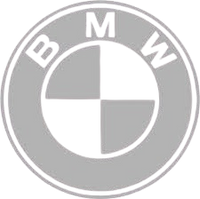Born in 1964, married with two daughters, he currently resides in Haaren, the Netherlands. He completed his M.Sc. (Dutch Drs.) at the University of Utrecht, NL, with a specialization in Physical Chemistry. He also holds a degree in Industrial Marketing. In 2008, he qualified as a New Product Development Professional (NPDP) from the Product Development & Management Association (PDMA).
From 1989 to 1991, he worked for Philips in Product Development, where he was introduced to many quality tools such as Taguchi and FMEA.
Since 1991, he began his international career in Resins and Coatings. Through positions at DSM-Resins (1991-1994, the Netherlands, Project Leader Miscibility of Polymers), ICI Packaging Coatings (1994-2001, Germany, Product Manager Advanced Technologies), and Valspar (2001-2004, Switzerland, Technical Director), he became Vice President of Research & Technology in 2004 for Stahl, the Netherlands, where he was responsible for global Research & Development.
In 2007, he started DUVARO Consultancy to advise and guide in business solutions such as the technical aspects of mergers and acquisitions, innovation management, new business/product development, and Taguchi experimental design.
Rogier teaches Innovation Management courses in Europe and Asia.
In 2008, he co-founded Diostyl Coatings, based in the Netherlands, with four toll-manufacturing sites and two laboratories for liquid and powder industrial coatings in Europe. He invented an Ultra High Solids Industrial Coating (90+ wt%), which was successfully launched in Europe and recognized as one of the fifty most inspiring innovations in the Netherlands for 2009-2010.
In summary, his career is based on a broad and specialized experience in paints & binders, chemistry, innovation, and new product/business development.







